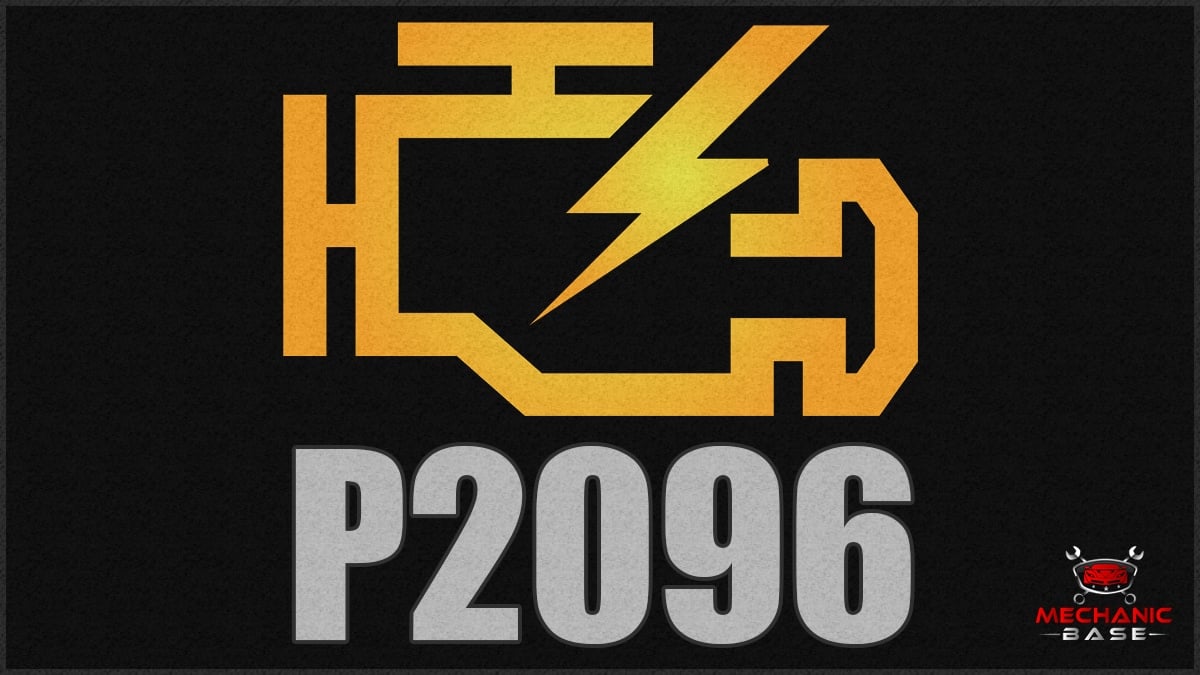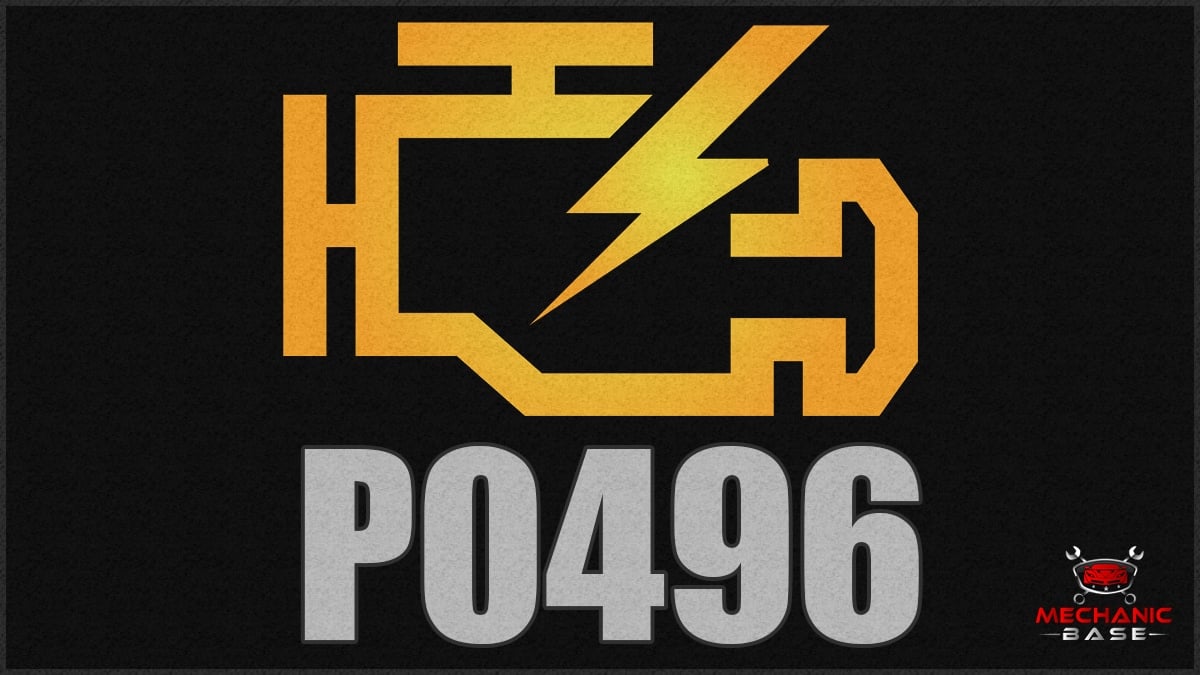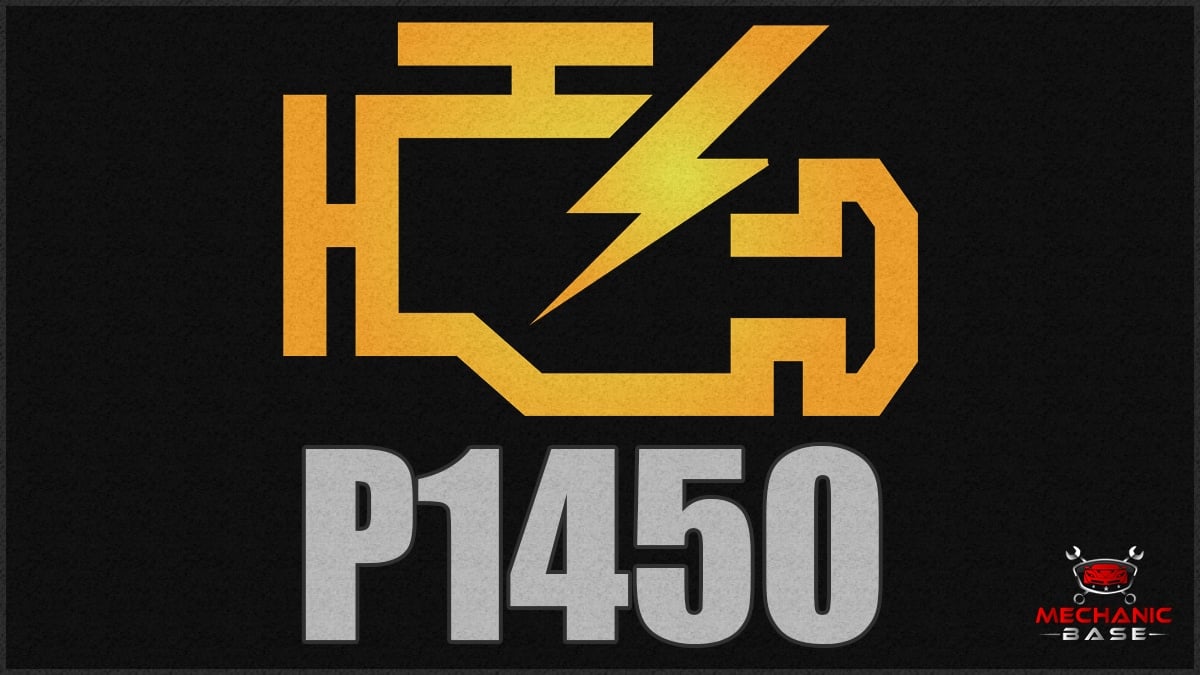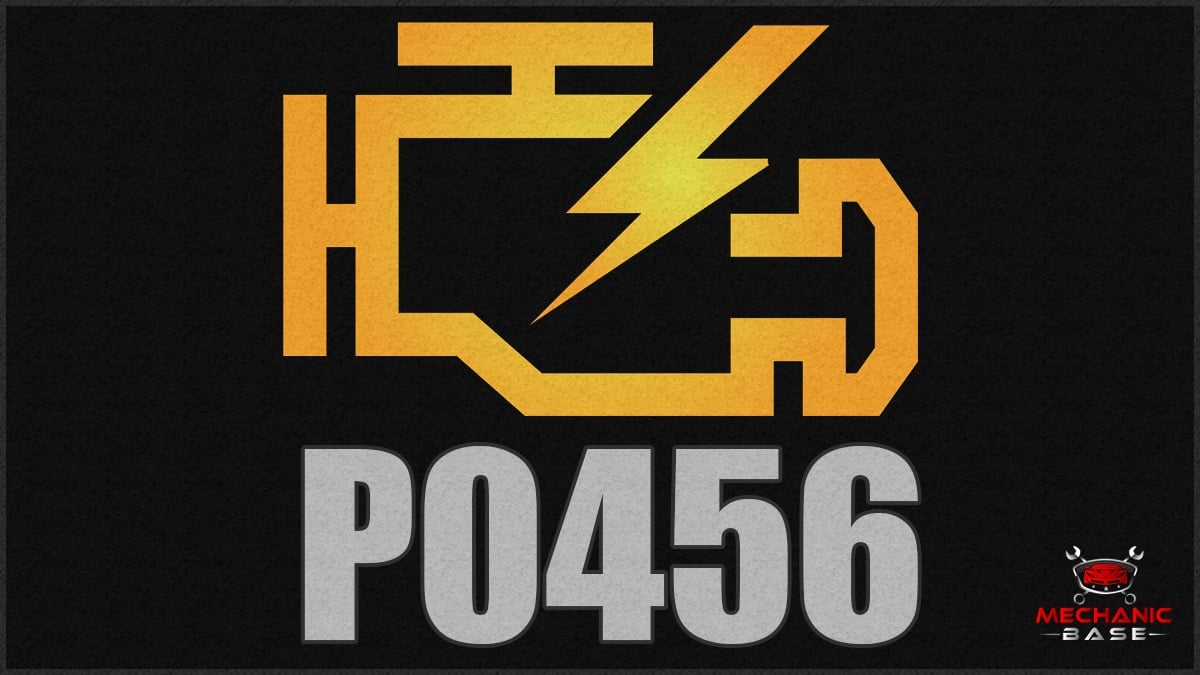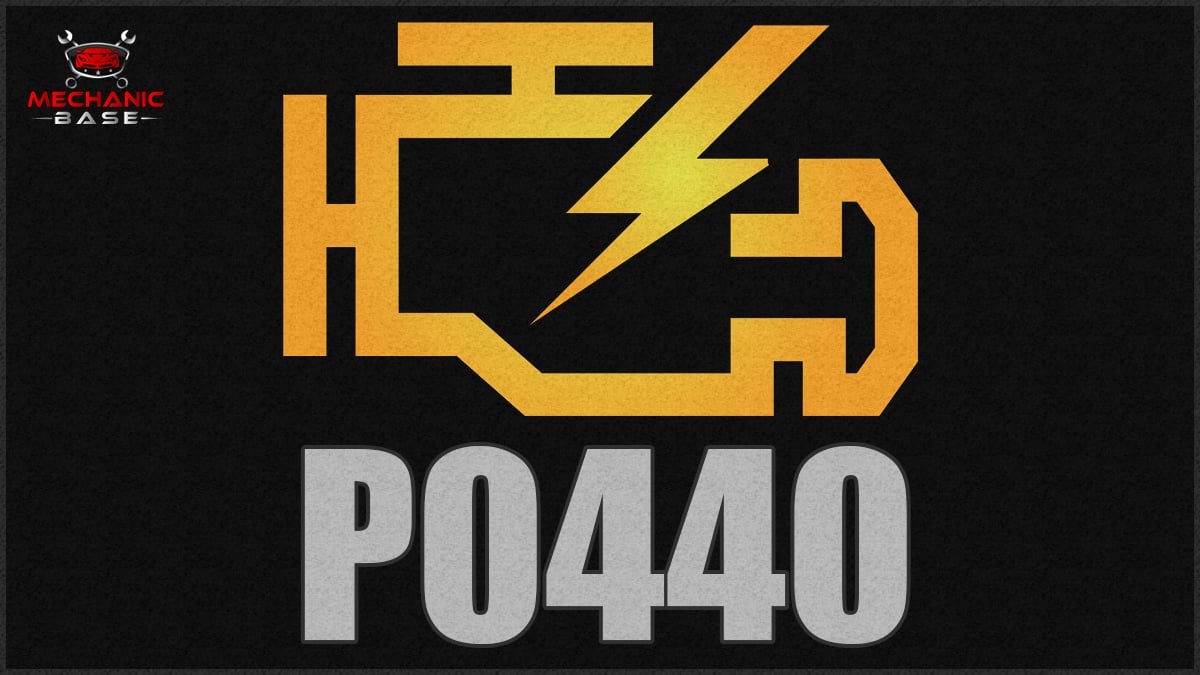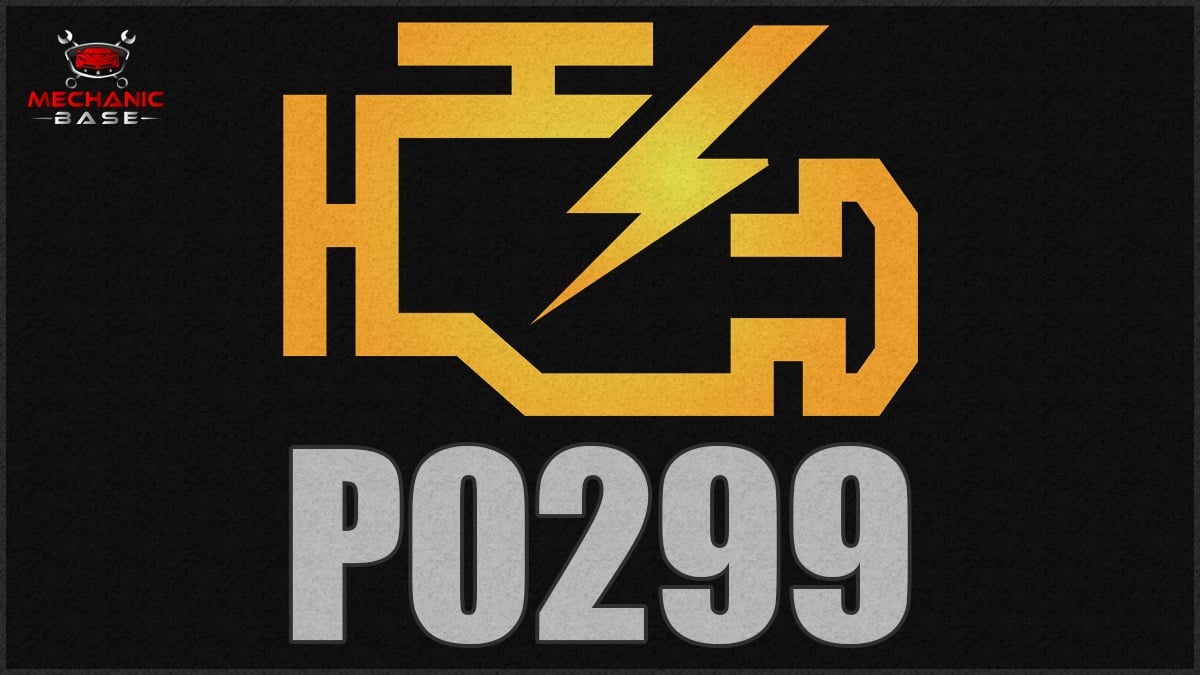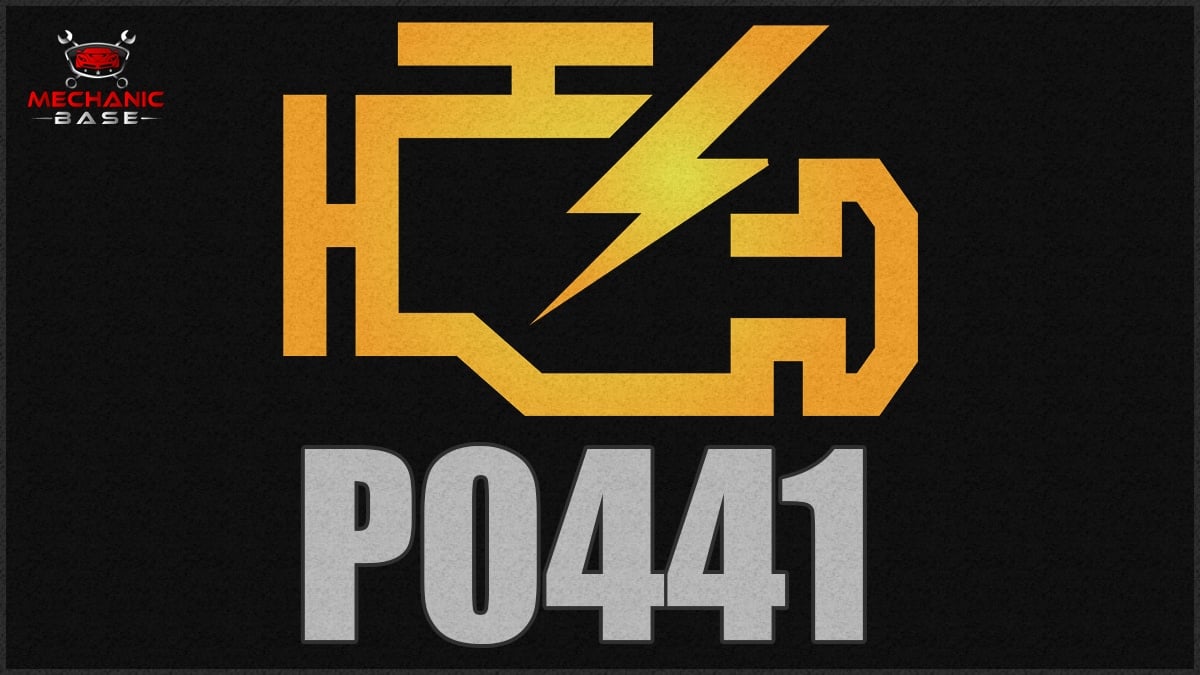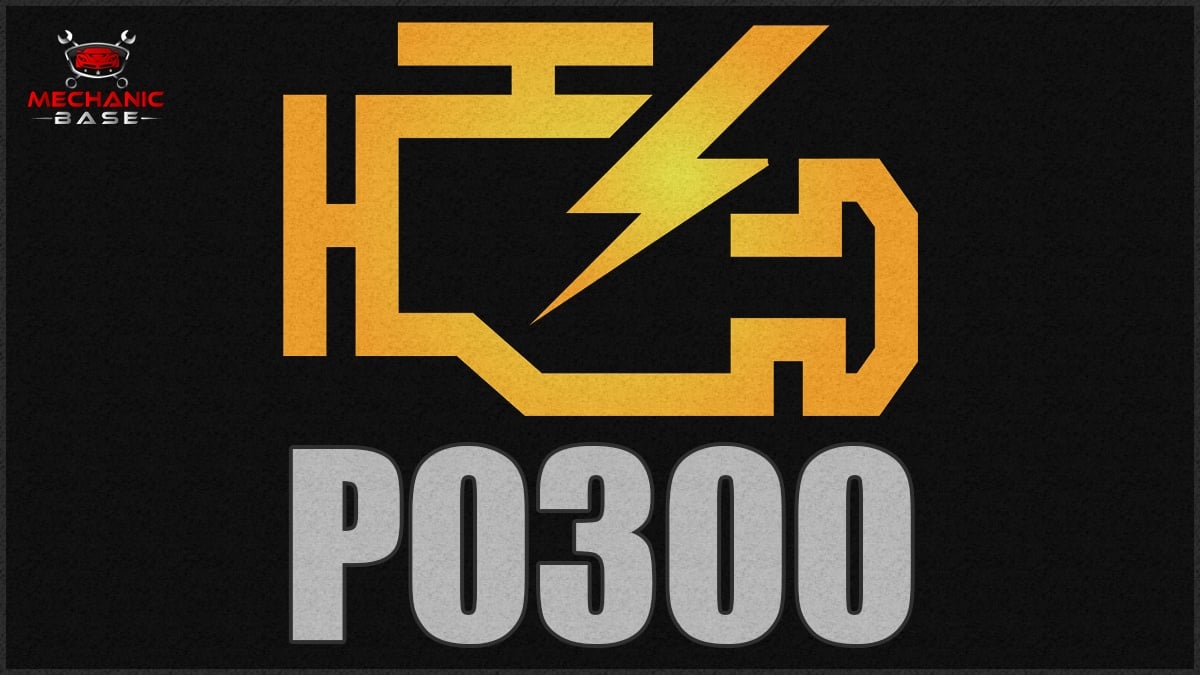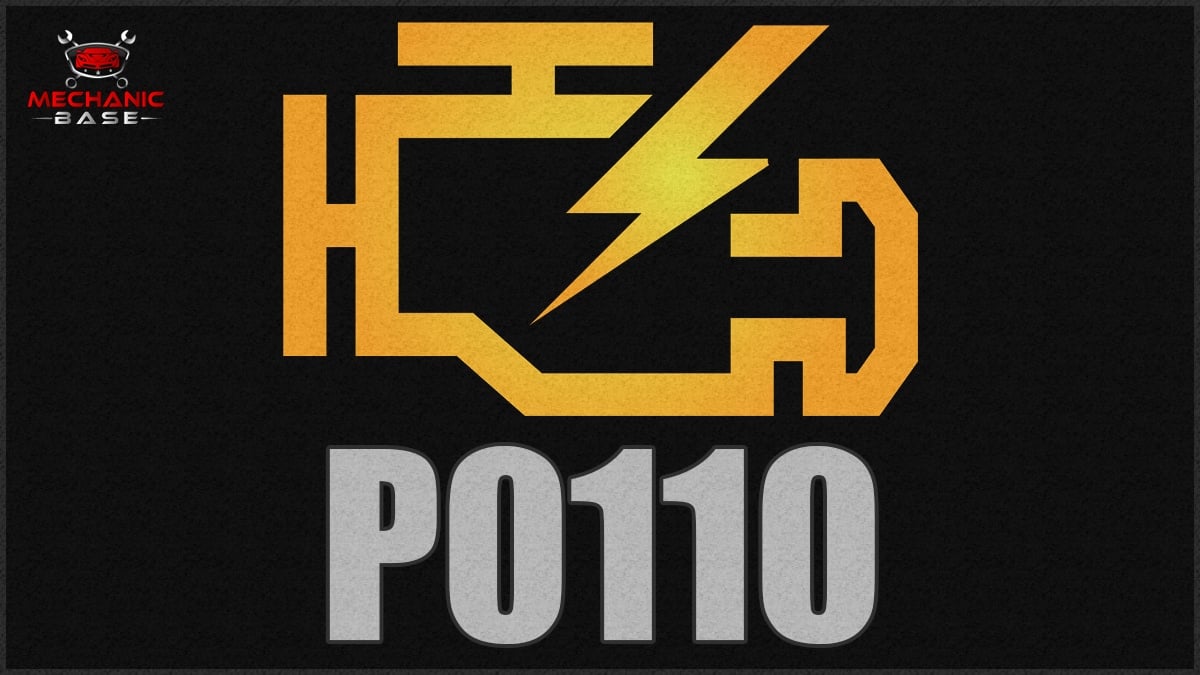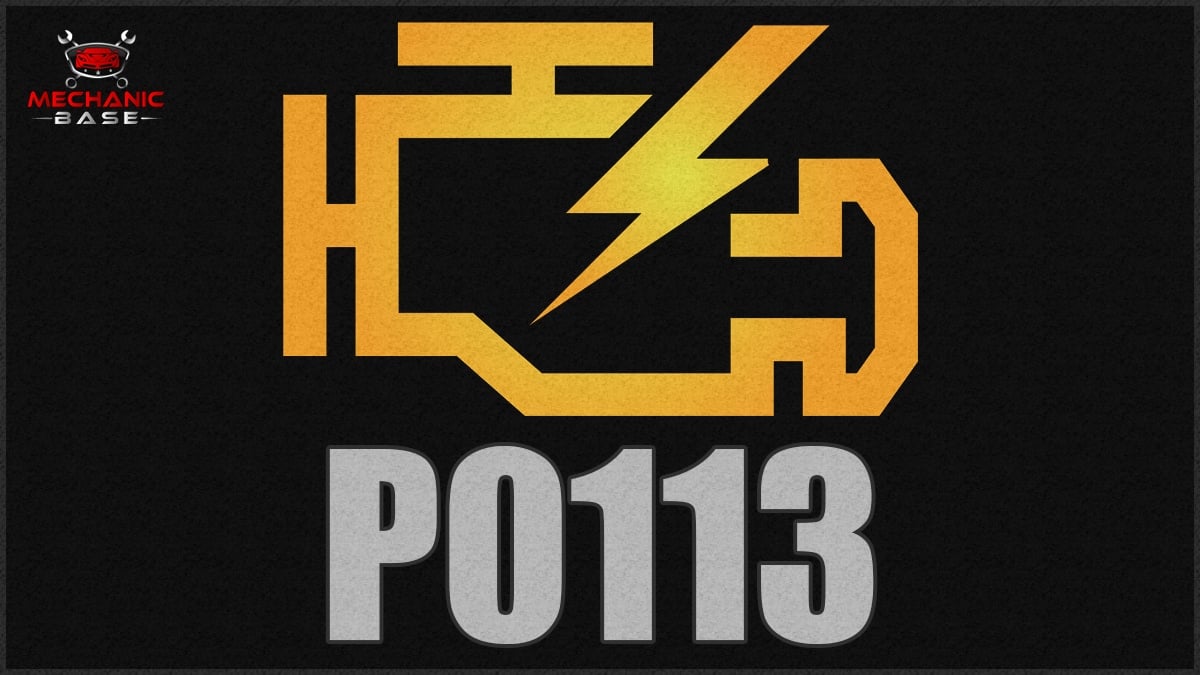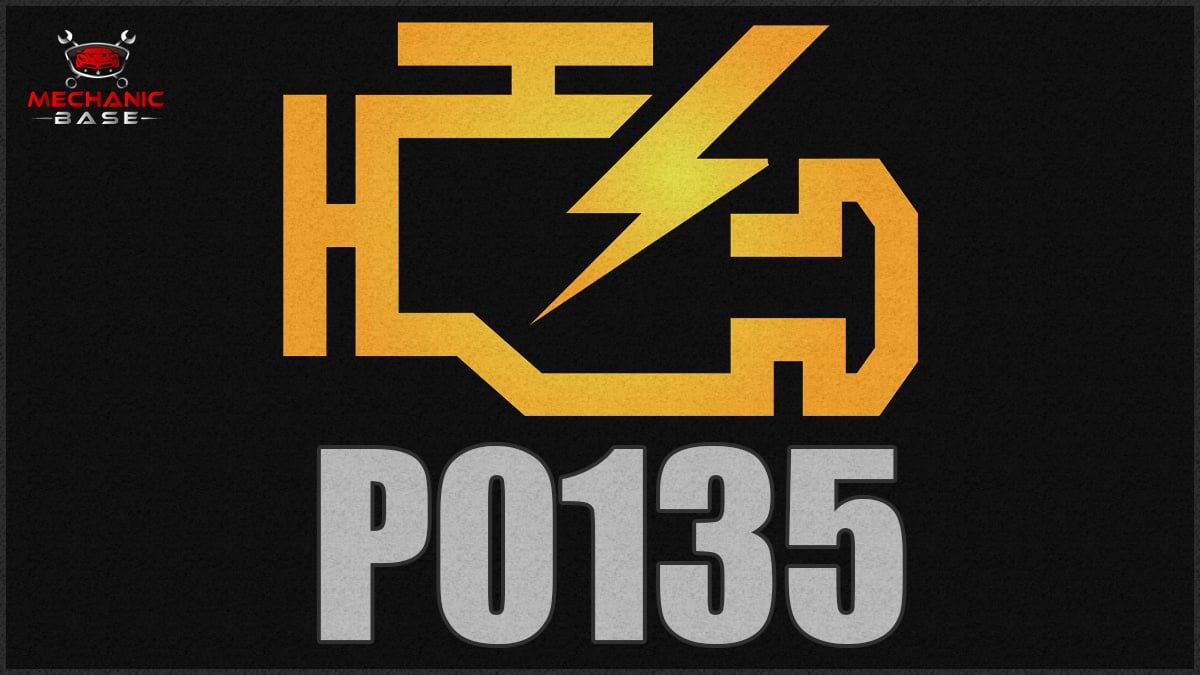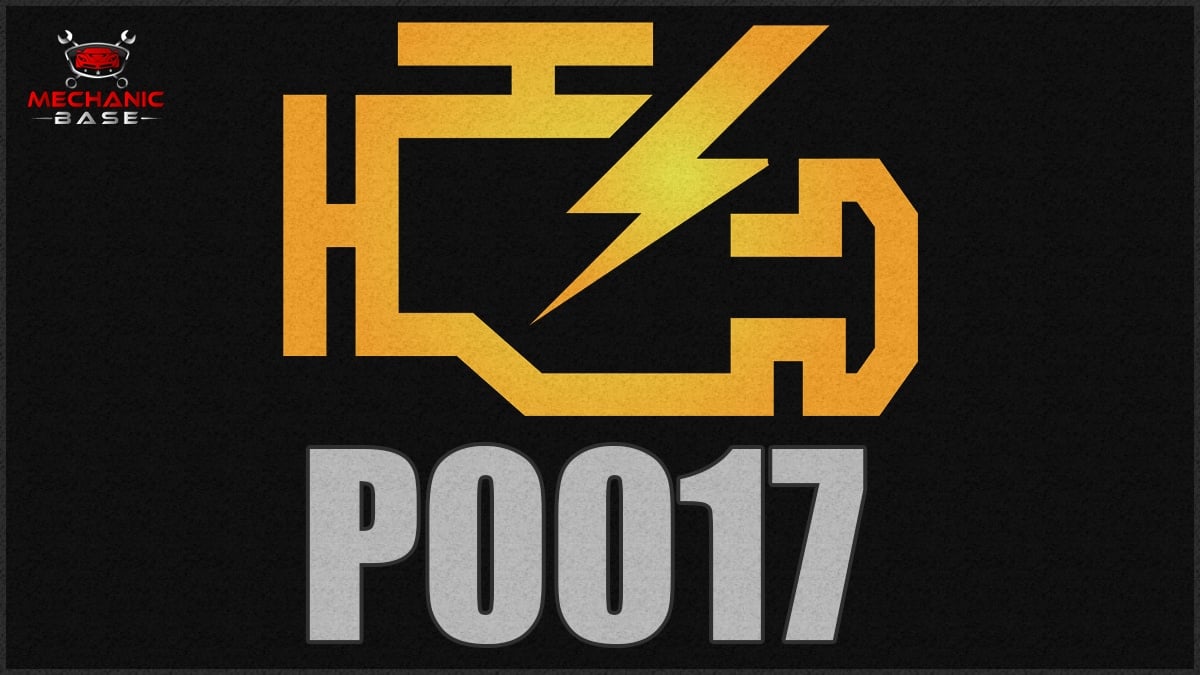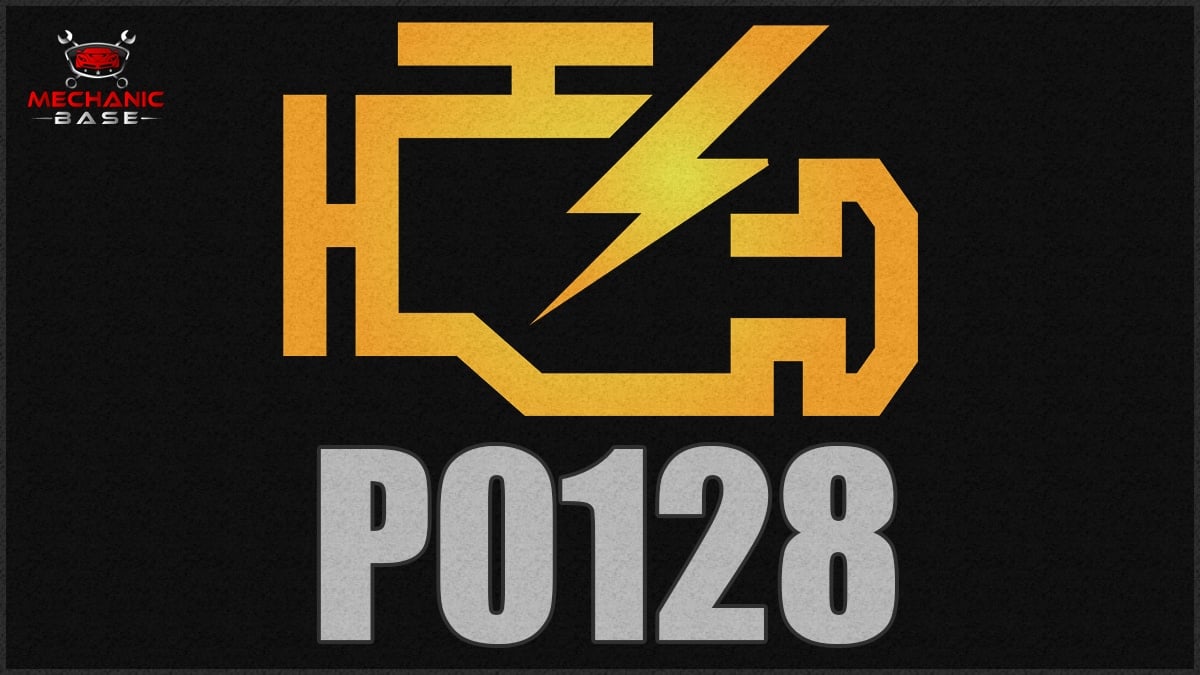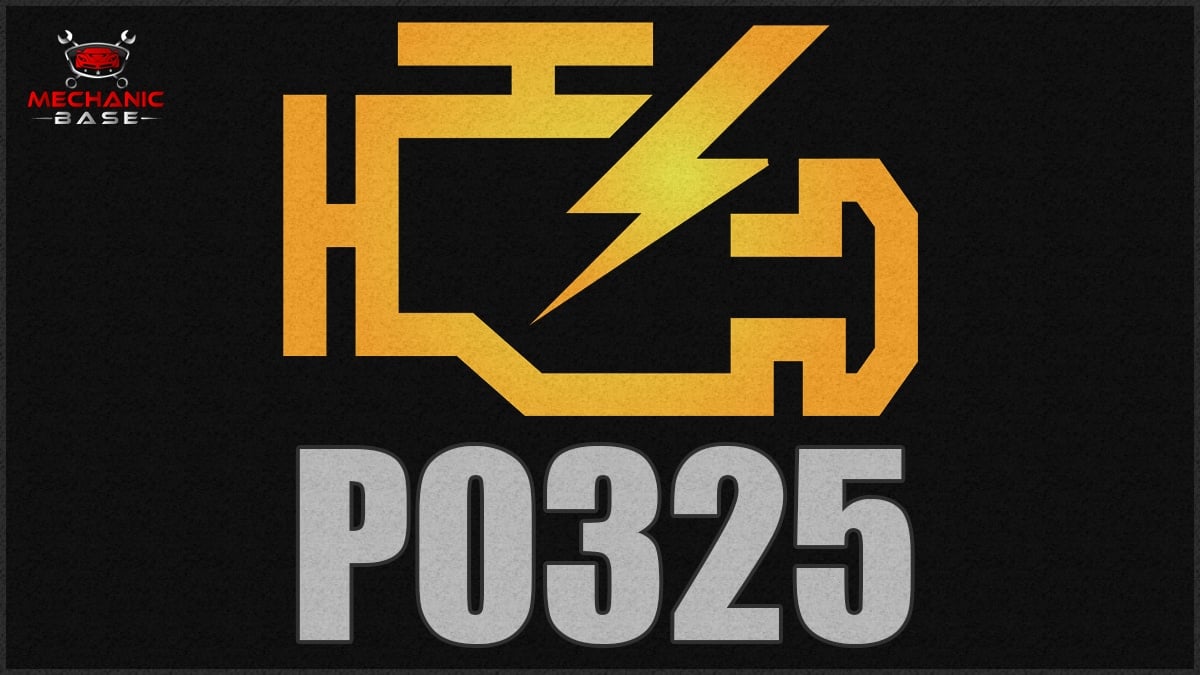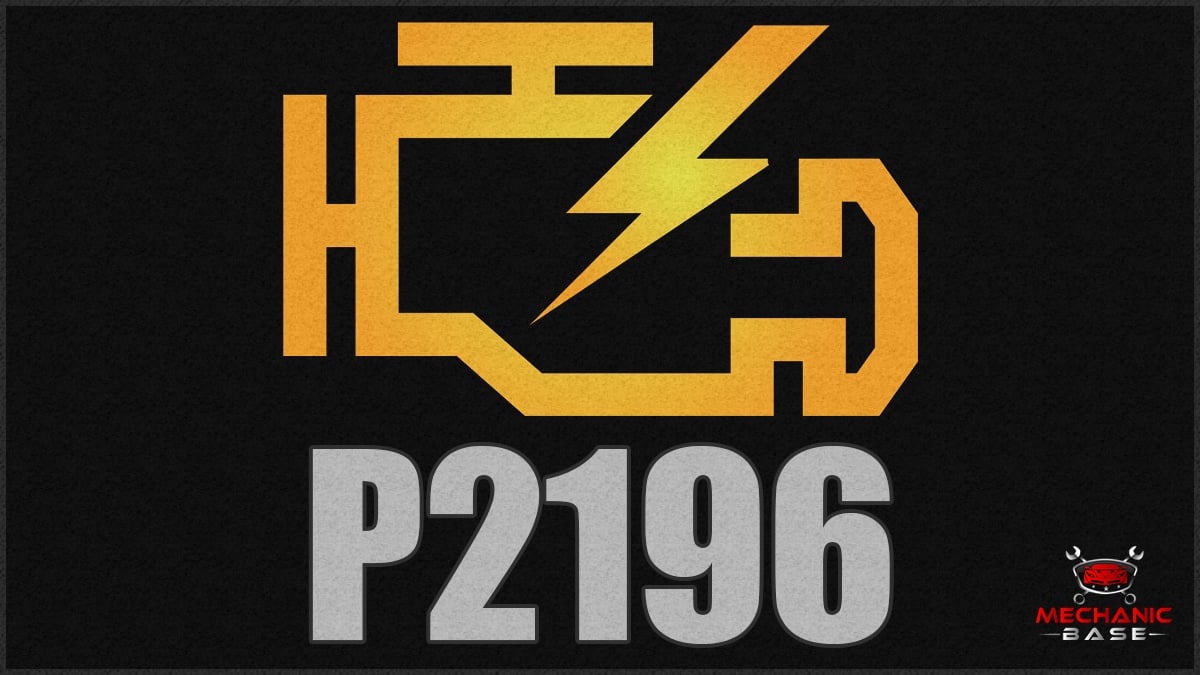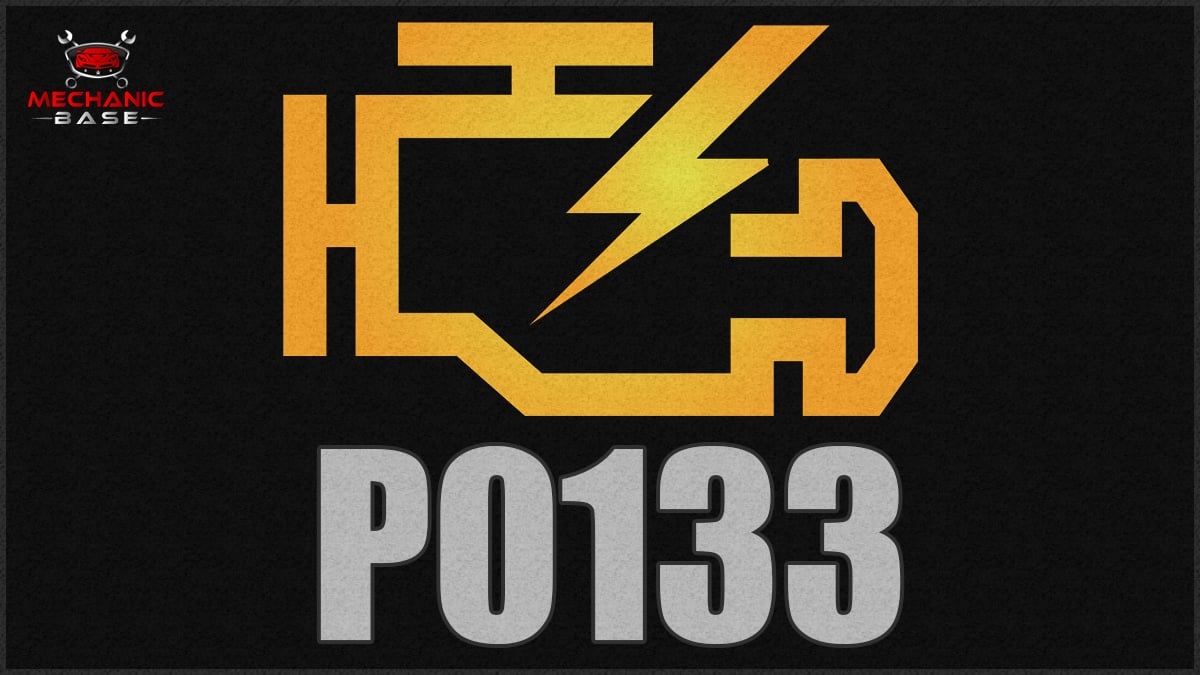The P2096 code is one that sets in the computer when there’s an issue with the air-fuel balance. It causes the Check Engine Light to come on, which creates a sense of panic until you figure out how to fix it.
In this guide, we look closer at the meaning of the P2096 DTC, evaluate its top symptoms and look at some of the causes. We also show you how to diagnose the problem, discuss the average repair cost and answer your top questions about the P2096 trouble code.
Code P2096 Definition
P2096 – Post Catalyst Fuel Trim System Too Lean Bank 1
What Does the P2096 Code Mean?
The P2096 code shows that the post-catalyst fuel trim system is too lean on Bank 1. That simply means that it is getting too much air and not enough fuel to be perfectly balanced. This condition is recognized by the oxygen sensors and the code is generic across most manufacturers.
On a four-cylinder or straight-six-cylinder engine, the Bank 1 has no meaning because there’s a single exhaust system. However, V6 and V8 engines have several oxygen sensors. Bank 1 refers to the oxygen sensor on the side with the number one cylinder.
Plus, exhaust systems have two oxygen sensors, one between the engine and the catalytic converter with another one after the converter. These oxygen sensors are responsible for determining how much air is in the system at each step. This information is used to balance the fuel-air ratio in the engine.
The higher the amount of oxygen present, the leaner the fuel mixture becomes. The opposite is also true, with the condition known as running rich.
RELATED: Bank 1 vs Bank 2 – Sensor 1 & 2 (Locate O2 Sensors Fast & Easy)
What Are The Symptoms Of P2096?

When the P2096 code first sets, it will cause the Check Engine Light to come on. Aside from that, you may also notice some performance issues, although there’s also the chance that nothing could change at all. Here are the most common P2096 symptoms.
- Check Engine Light
- Rough idle
- Poor fuel economy
- Delayed acceleration
- Engine misfire
- Hot catalytic converter
- Possible engine knock (detonation/pre-ignition)
What Are The Causes of P2096?
The P2096 sets because there’s too much air in the system. This problem can be caused by numerous issues, including the following possibilities.
- Low fuel pressure caused by a dirty filter, bad regulator, clogged injectors or damaged fuel pump
- Bad spark plugs
- Vacuum leak
- Exhaust leak
- Clogged catalytic converter
- Malfunctioning oxygen sensor
- Bad mass air flow (MAF) sensor
- Corroded/faulty electrical connection
- Malfunction powertrain control module (PCM) – less likely
How Serious is the P2096 Code?
Medium – There could be no issue driving the vehicle with the P2096 set in the computer. In fact, you may only notice that the Check Engine Light is on. Even with minor performance issues, you may still be fine to drive the vehicle.
Still, more damage can occur as you drive. For example, if the spark plugs are fouled, you are going to allow further wear on the catalytic converter, which is an expensive fix on most cars. You also won’t know if something else goes wrong while the Check Engine Light is still on.
How Do I Fix the P2096 Code?
The only way to accurately determine what needs to be done with your vehicle is to follow complete diagnostic procedures laid out in your service manual. However, these are the most common fixes for the P2096 code.
- Repair/replace faulty fuel system part
- Replace spark plugs
- Repair vacuum leak
- Repair exhaust leak
- Replace oxygen sensor
- Replace mass air flow (MAF) sensor
- Replace catalytic converter
- Repair damaged connection or wiring
- Update/replace PCM
Common P2096 Diagnosis Mistakes
There are several mistakes that even the top technicians are known for making. The most common issue is replacing parts before you’ve determined what the cause is. You may think you know the issue, but replacing parts before performing diagnostics is unwise and may result in you spending more money and time on the problem.
Another issue is forgetting to clear the code after resolving the problem. The Check Engine Light may stay illuminated without you manually clearing the code.
Additionally, if you have a Jeep or Chrysler vehicle, you want to pay special attention to the electrical connectors. With these vehicles, the connections tend to wear easily, making this the most prevalent issue with these models.
How to Diagnose the P2096 Trouble Code?
For many of the diagnostic steps involved in figuring out what’s causing the P2096 code, you don’t need to have specialized equipment or expertise. Here are some steps we recommend following, but you should always consult the service manual for more detailed information.
- Connect the OBD-II port to your compatible scanner. Evaluate all of the trouble codes shown and look over the freeze frame data.
- Start by looking at the wiring harnesses and connectors. If you see any damage or corrosion, these issues must be dealt with first.
- Take a peek at the catalytic converter while the car is running. If it starts to glow red and get exceedingly hot, there could be a clog.
- Inspect the spark plugs. While these should be replaced as part of the regular maintenance, there’s a chance that they are fouled or contaminated. Replace them if there are any signs of wear.
- Test for vacuum leaks using the detailed information in your service manual.
- Test for exhaust leaks.
- With your advanced scan tool, monitor the oxygen sensor and mass air flow sensor performance to ensure they are reading correctly.
- Perform tests on fuel system components to see what’s faulty. Replace anything that appears to be malfunctioning.
If these steps don’t lead you to the problem, there could be something bigger going on. We recommend taking the vehicle to a qualified mechanic who can dig in even deeper. If you don’t have a relationship with a mechanic, ask your friends and family members for some recommendations.
How Much Does It Cost To Fix Code P2096?
Once the diagnosis is complete, you will know what needs to be repaired. The next step is to determine how much you are going to spend. We’ve estimated a few fixes, with the cost of parts and labor. If you can perform the fix yourself, it’s possible to spend even less.
- Repair fuel system (depending on defective parts) – $85 to $750
- Replace spark plugs – $75 to $350
- Repair vacuum leak – $150 to $850
- Repair exhaust leak – $75 to $650
- Replace oxygen sensor – $200 to $650
- Replace mass air flow (MAF) sensor – $75 to $400
- Replace catalytic converter – $900 to $2,500
- Repair damaged wiring or connections – $50 to $550
- Update/replace PCM – $250 to $2,500
A Mechanic’s Tips About The P2096 Code
The P2096 DTC isn’t always an easy one to diagnose. The process is going to take time, and there are some procedures that may require additional equipment. You will need to perform various tests on different systems until you find the cause.
If you aren’t prepared to spend this time and money on the diagnosis, it’s best to pay a professional. While it may be more costly in the long run, it could save you from a lot of headaches in the end.
Is code P2096 serious?
It’s not usually a serious issue. The air-fuel mixture is lean, meaning that the engine has more air than fuel. The problem can be caused by multiple issues, including trouble with the fuel system or one of the sensors. If there aren’t drivability issues, the problem isn’t considered serious, but it should still be fixed promptly.
Can I drive with a P2096 code?
Yes, you can continue driving if there aren’t any performance issues. However, further damage can occur to other components with the air-fuel ratio imbalanced. Additionally, you won’t know if something else goes wrong with the Check Engine Light illuminated.
What is the common cause of P2096?
The vehicle may have low fuel pressure because of a defective part or bad spark plugs. There could also be a vacuum leak, an exhaust leak or a clogged catalytic converter. There’s also the chance for a defective oxygen sensor, MAF sensor, a faulty electrical connection or a bad PCM, all of which require a professional diagnosis to determine.
How to fix the fuel trim system lean bank 1?
You may need to replace a fuel system component, such as the pump, filter or regulator. Otherwise, you could need a new oxygen or MAF sensor. There’s also a chance that there’s bad wiring or a leak occurring, either in the exhaust or vacuum system. To determine the best fix, we recommend a complete diagnosis.
It’s often tricky to determine what’s causing the P2096 trouble code. There are many factors attempting to balance out the air-fuel mixture in the engine. Any malfunction can lead to an imbalance, causing you to diagnose multiple systems.
If you aren’t accustomed to working on the fuel system, sensors or other parts, it’s best to contact a professional mechanic for help. Either way, it’s important to fix the P2096 code to avoid further damage and to ensure the vehicle works the way it was intended.
Categories: OBD Codes
